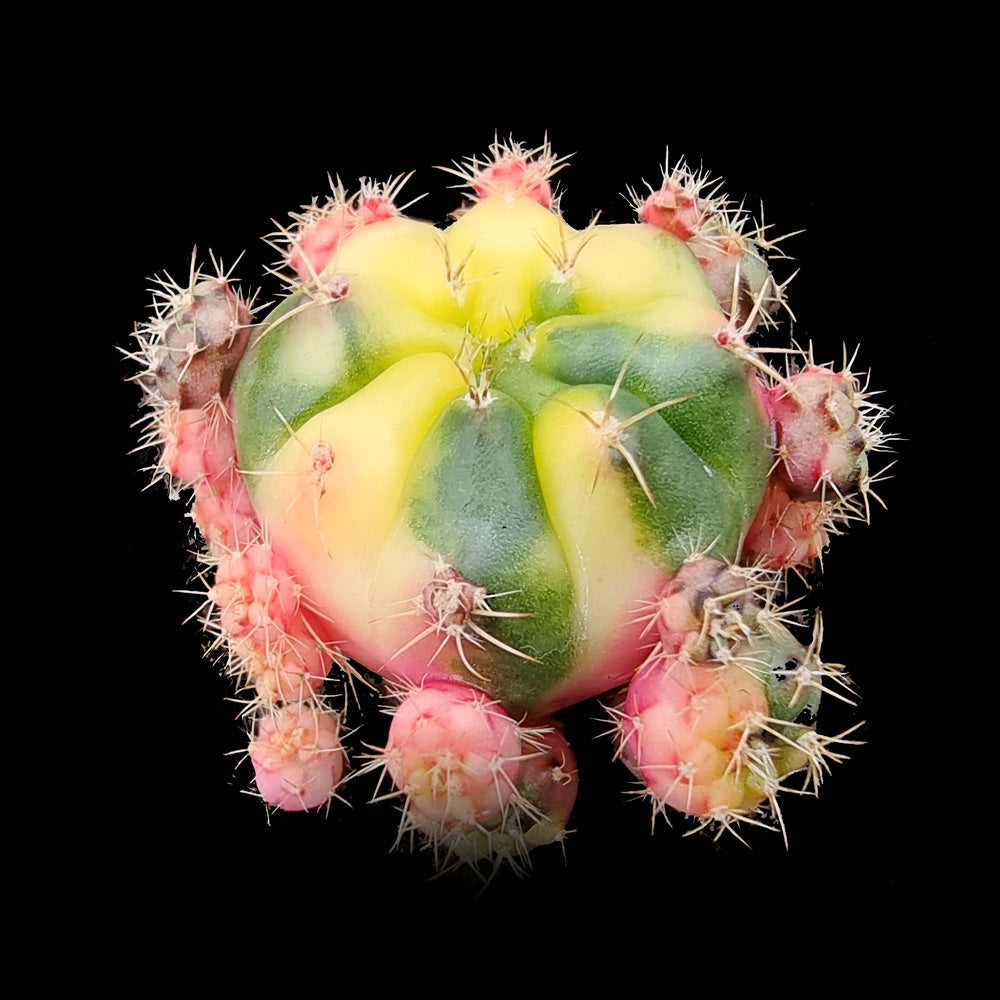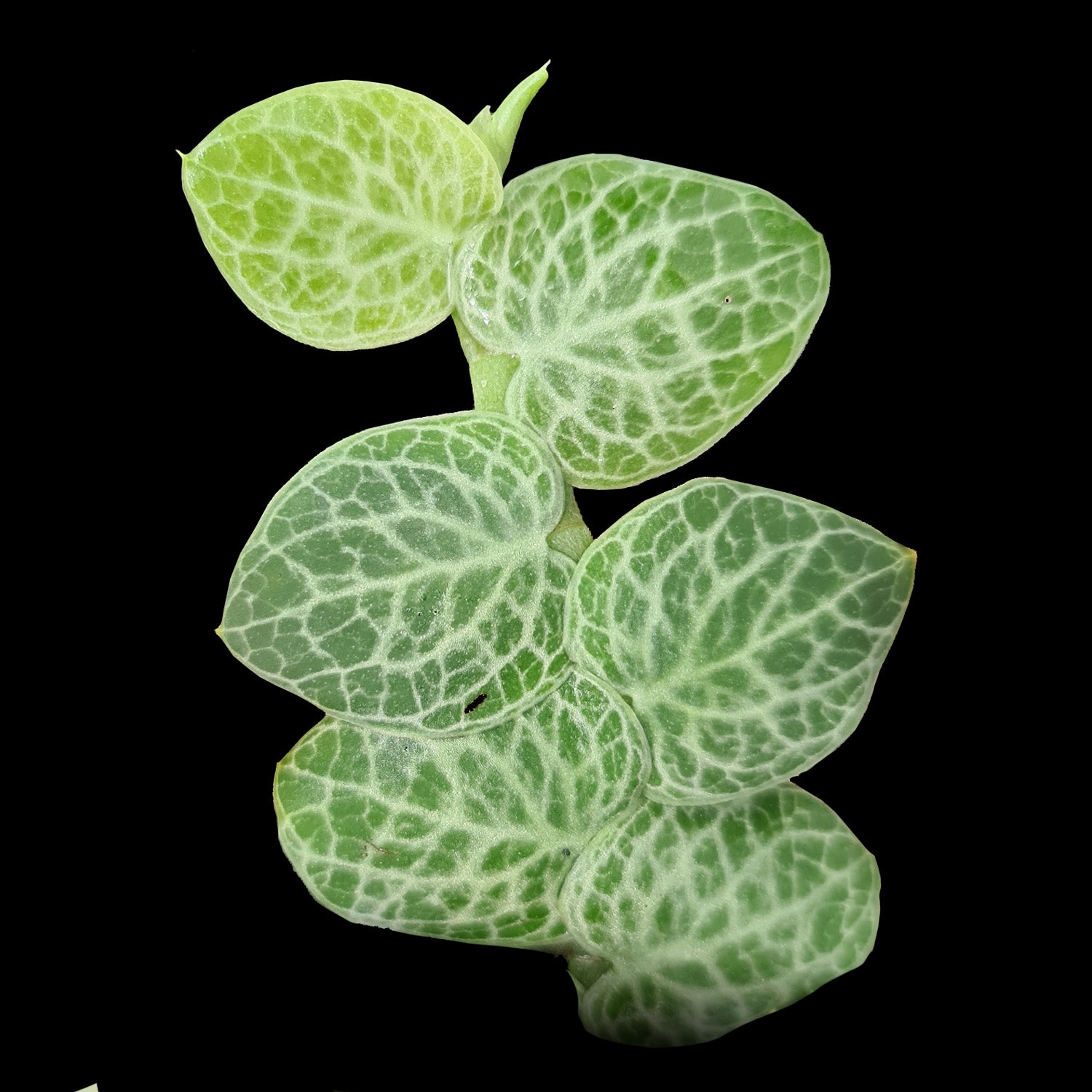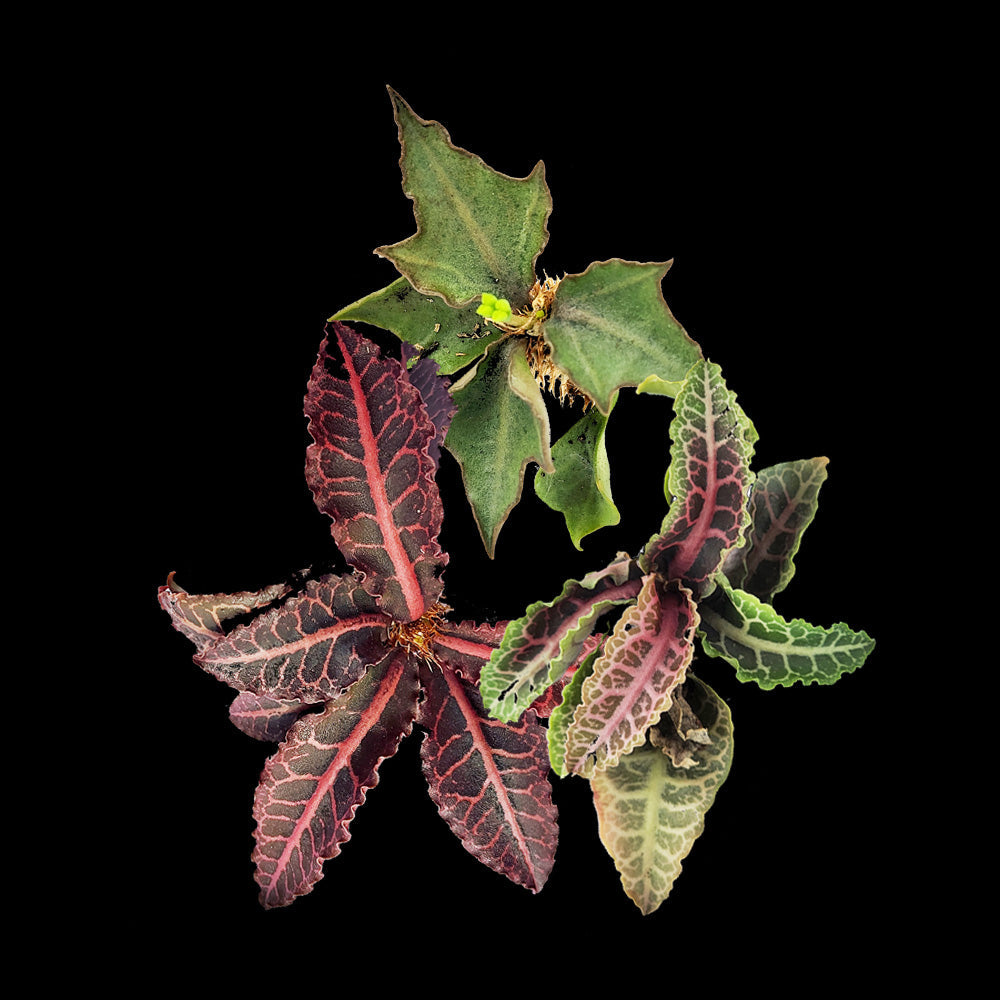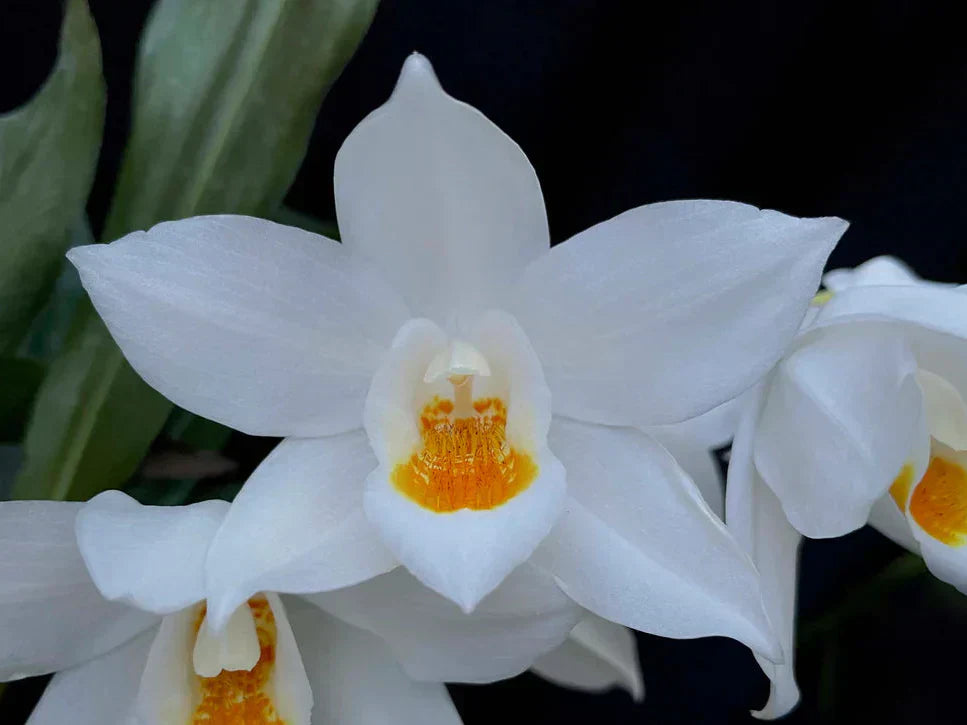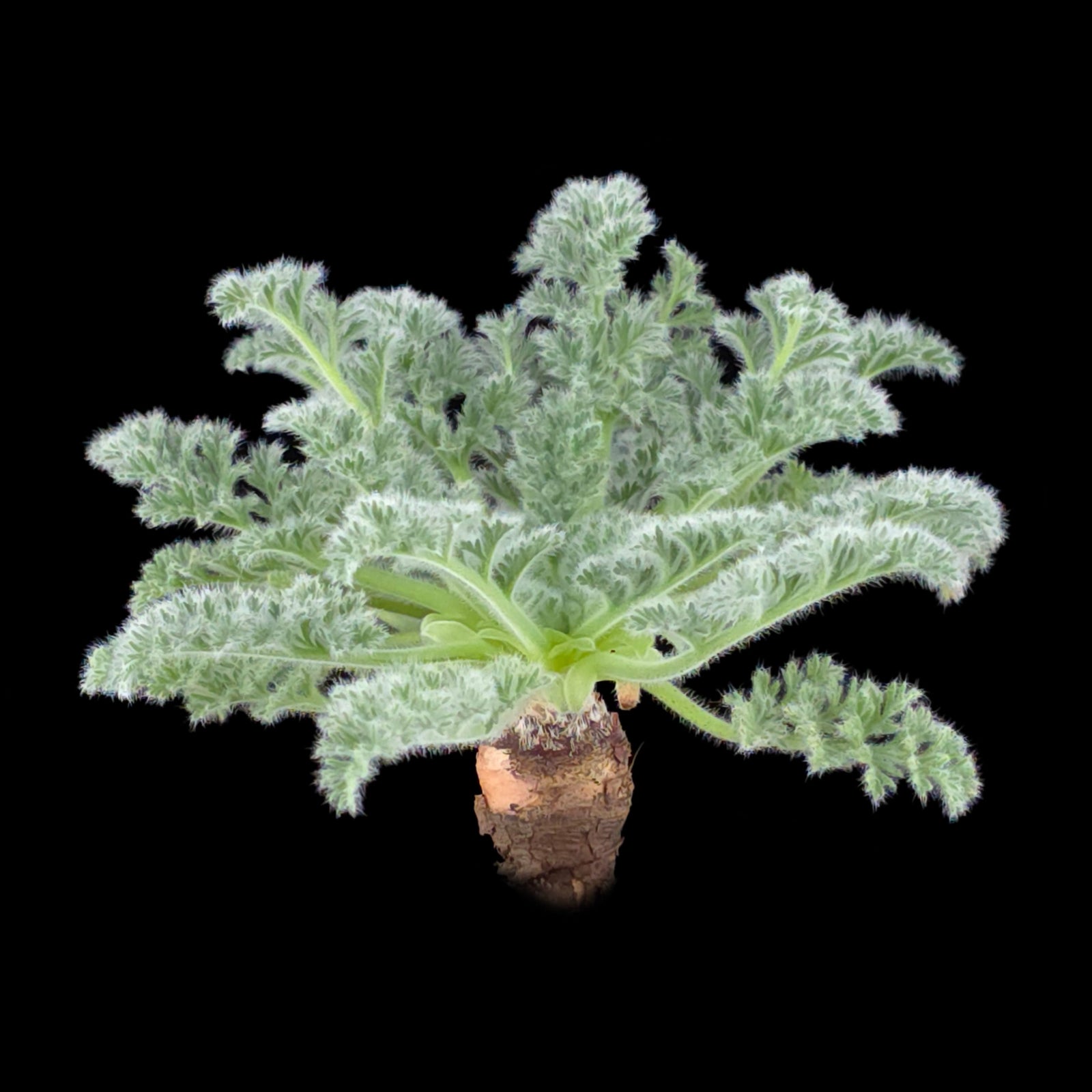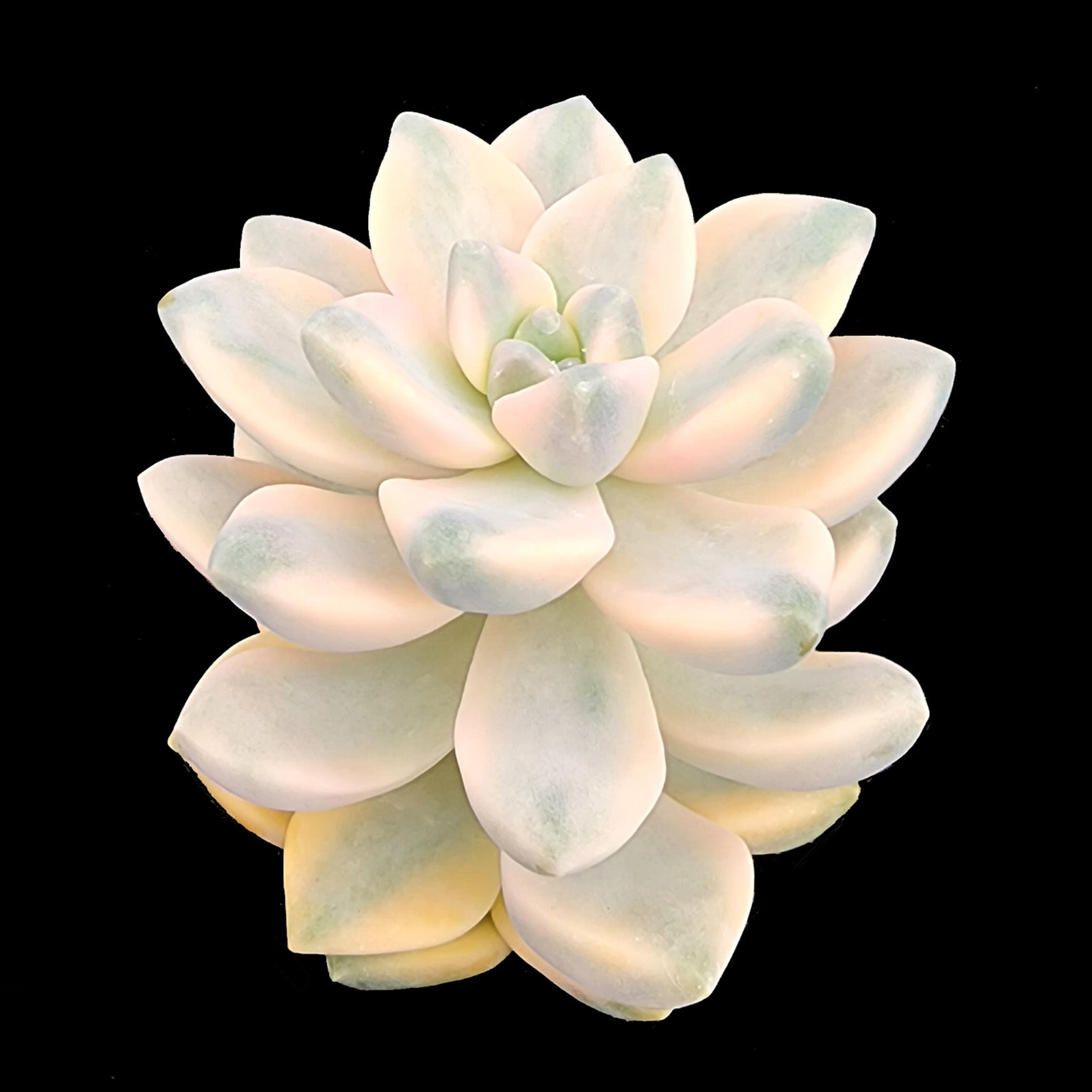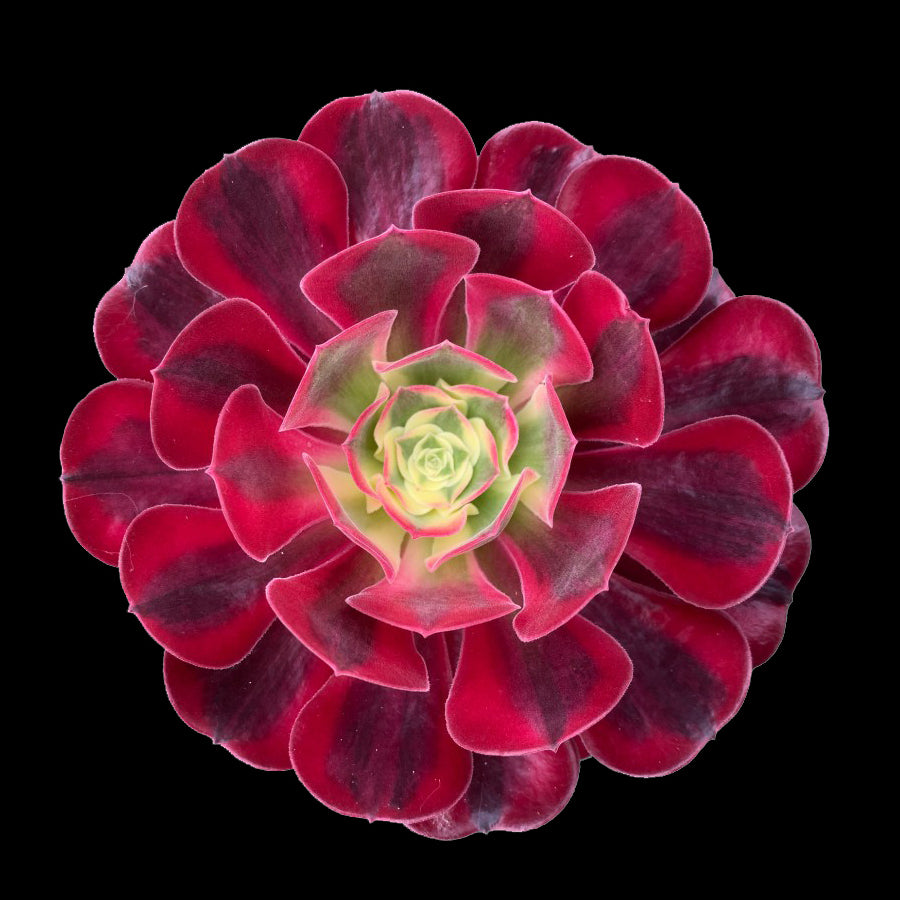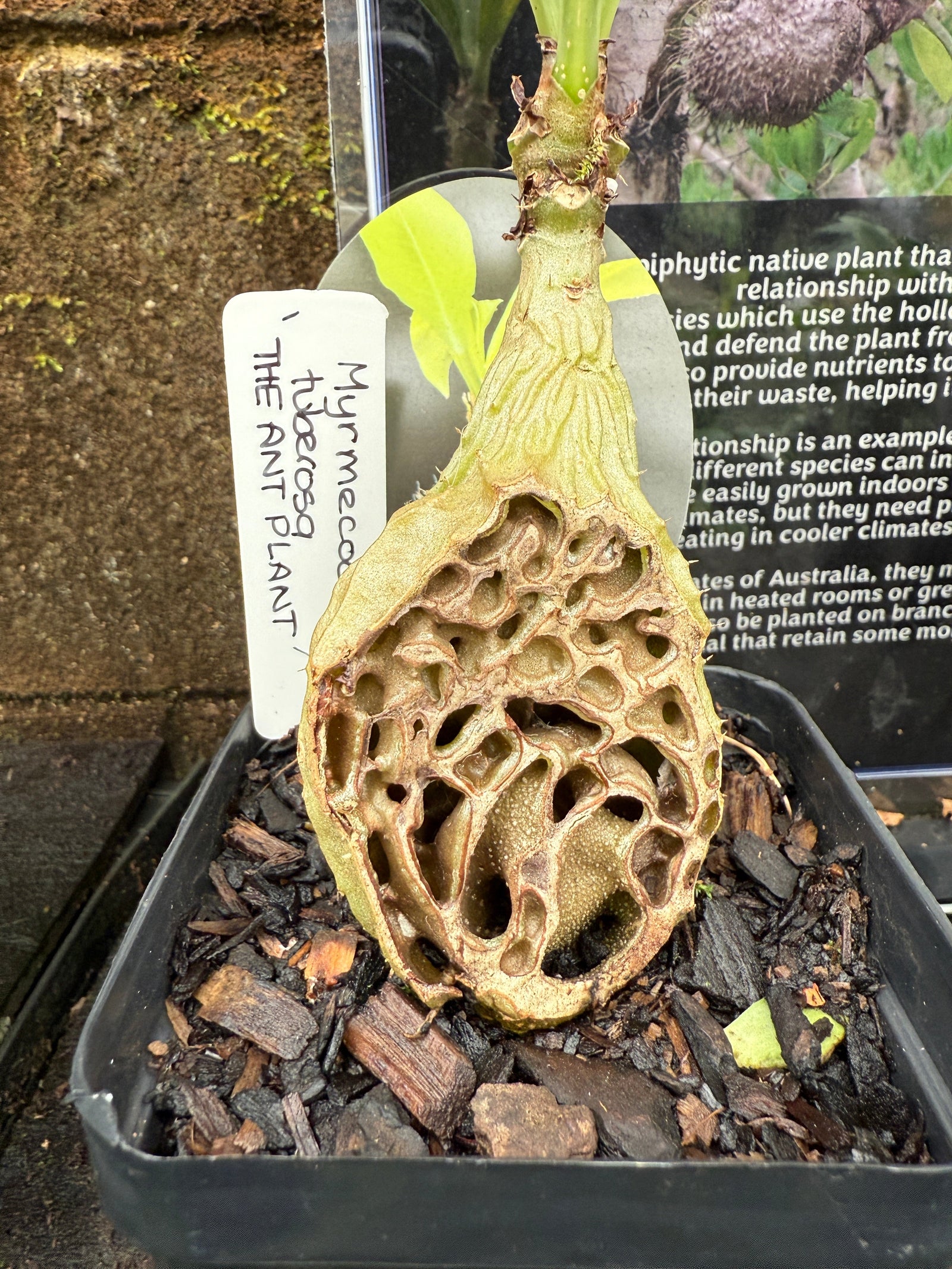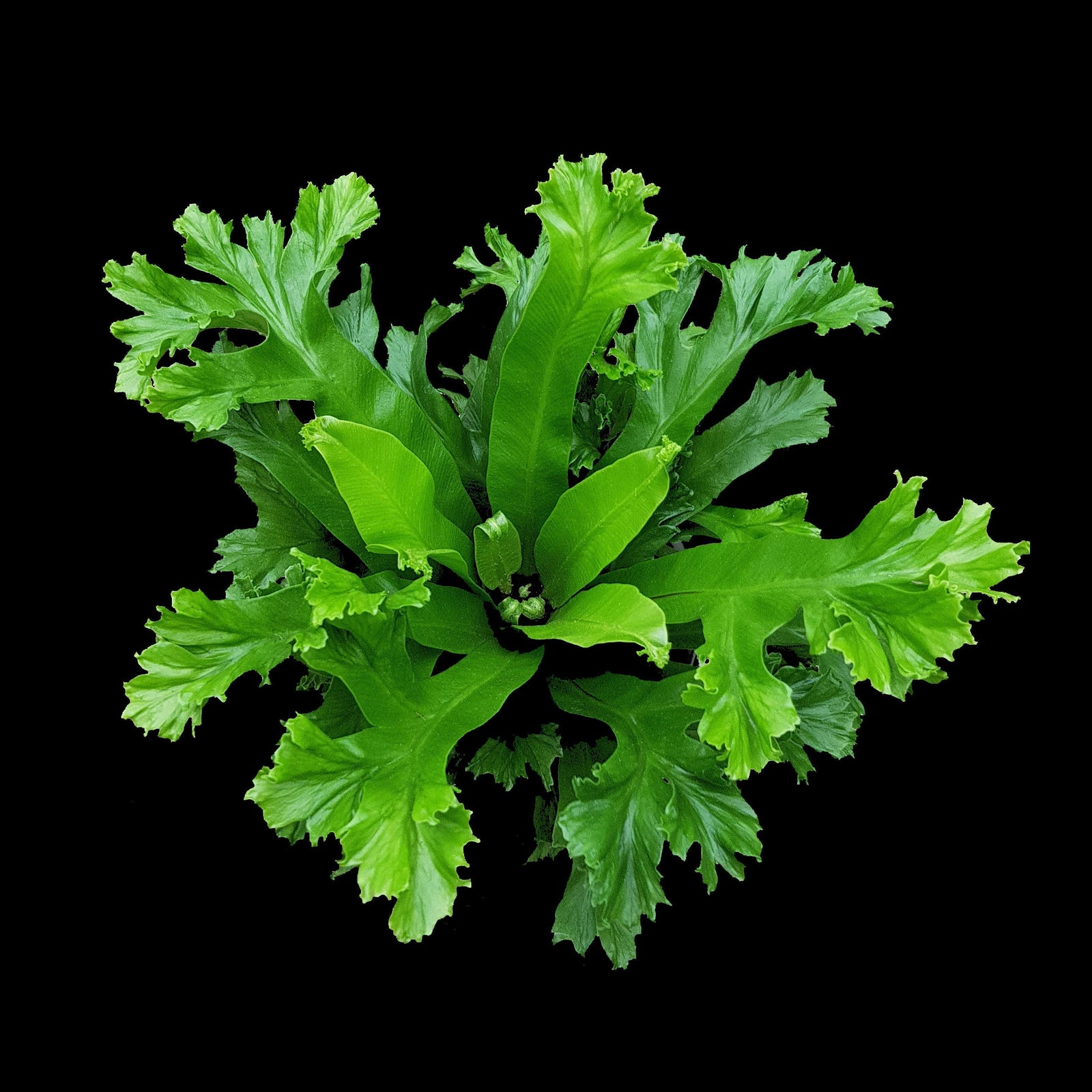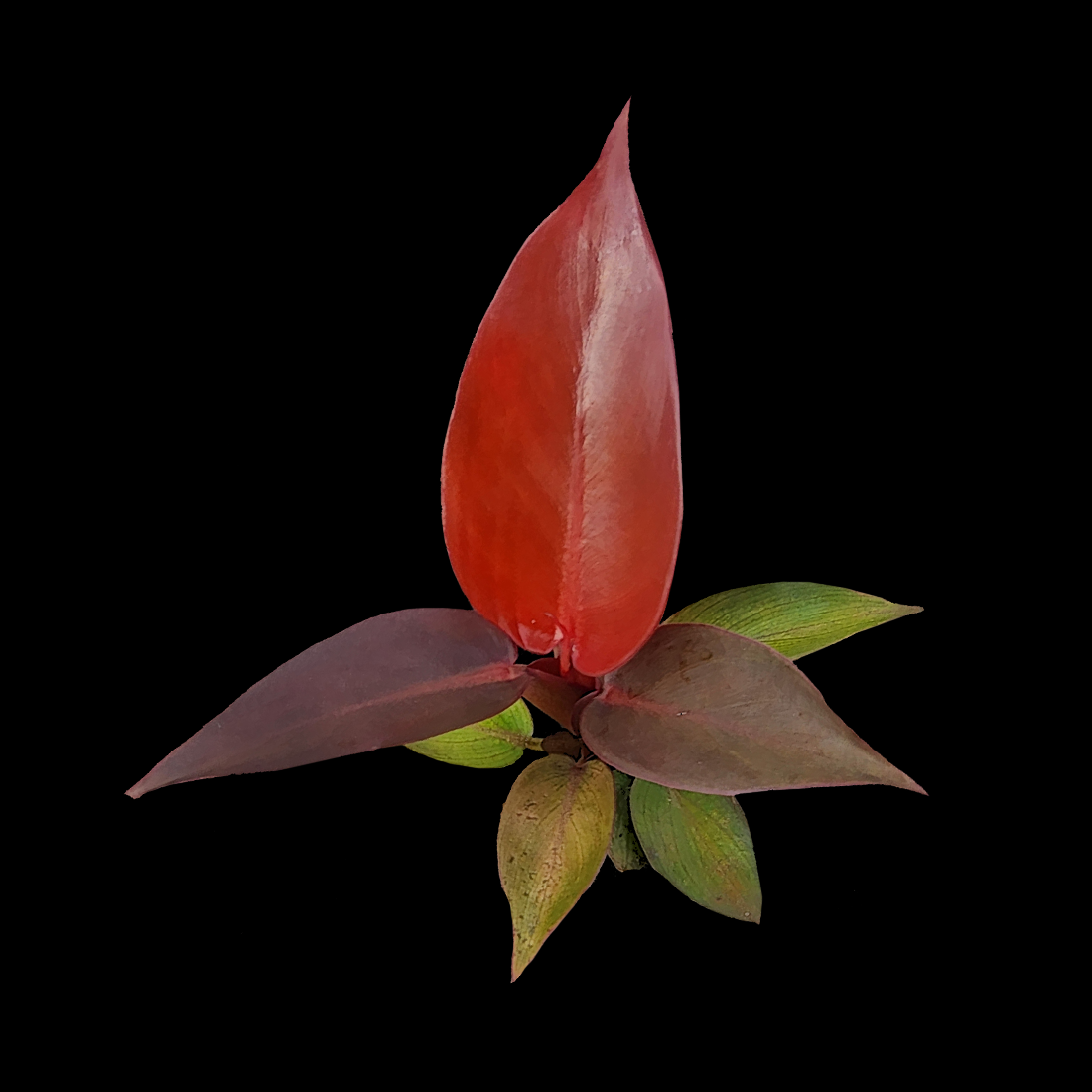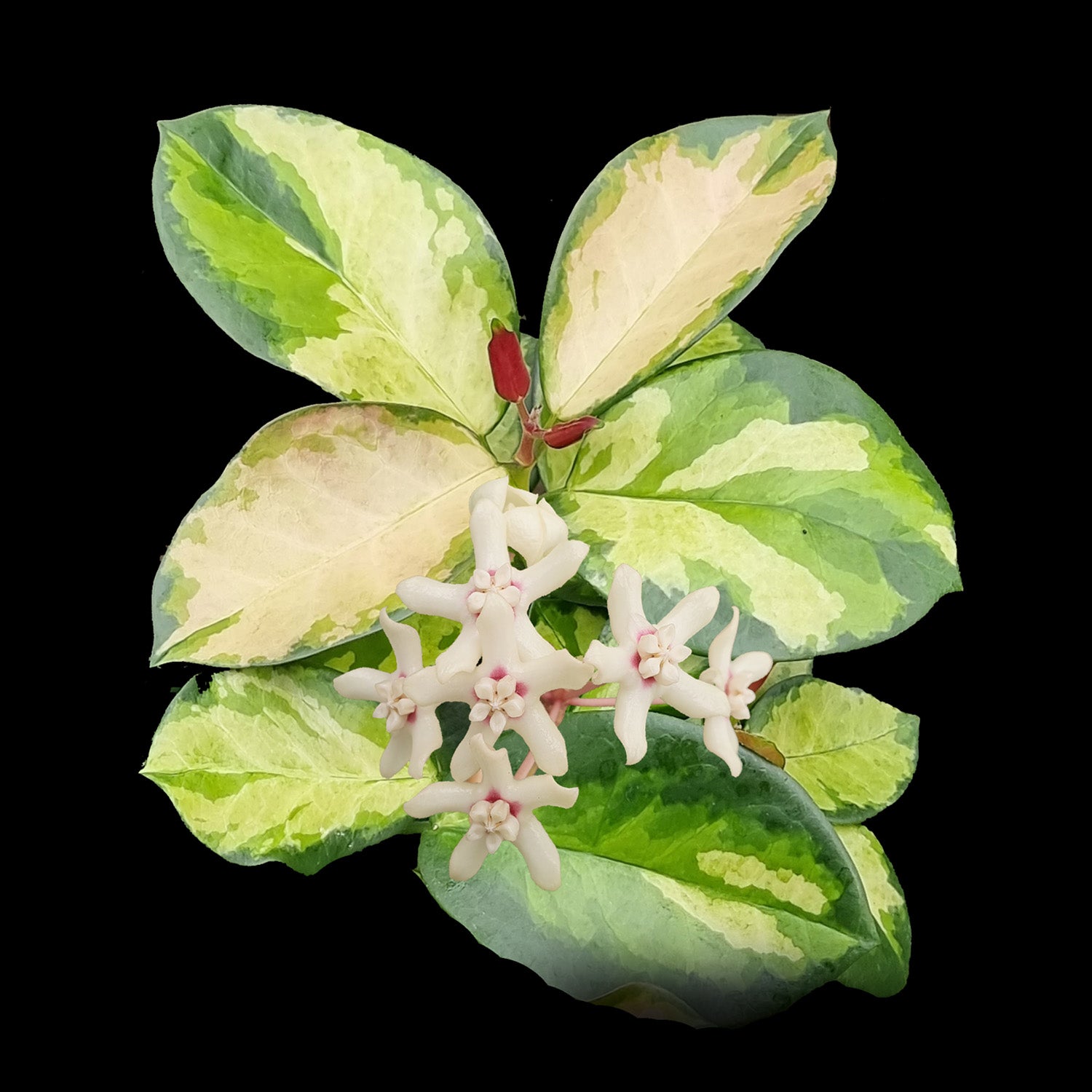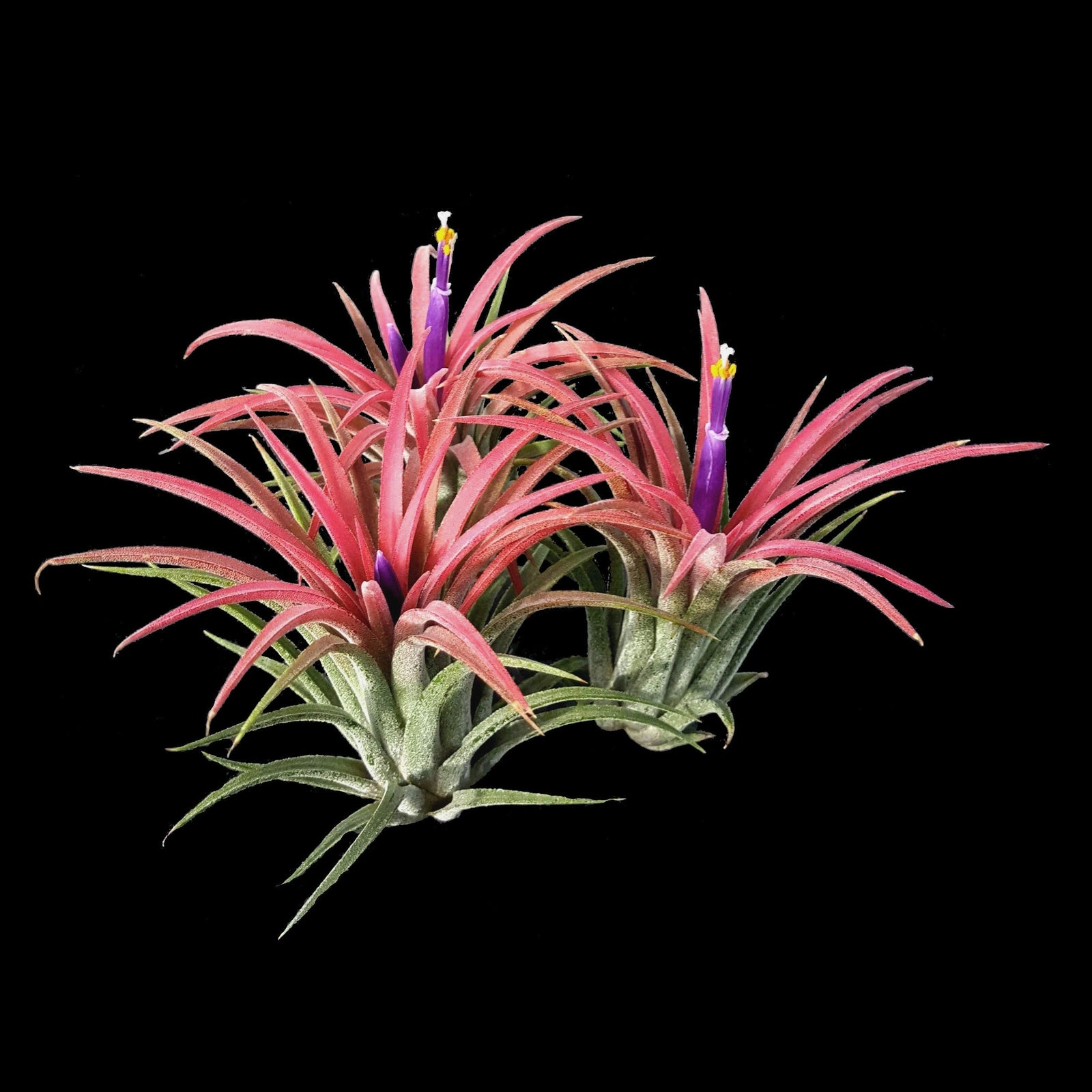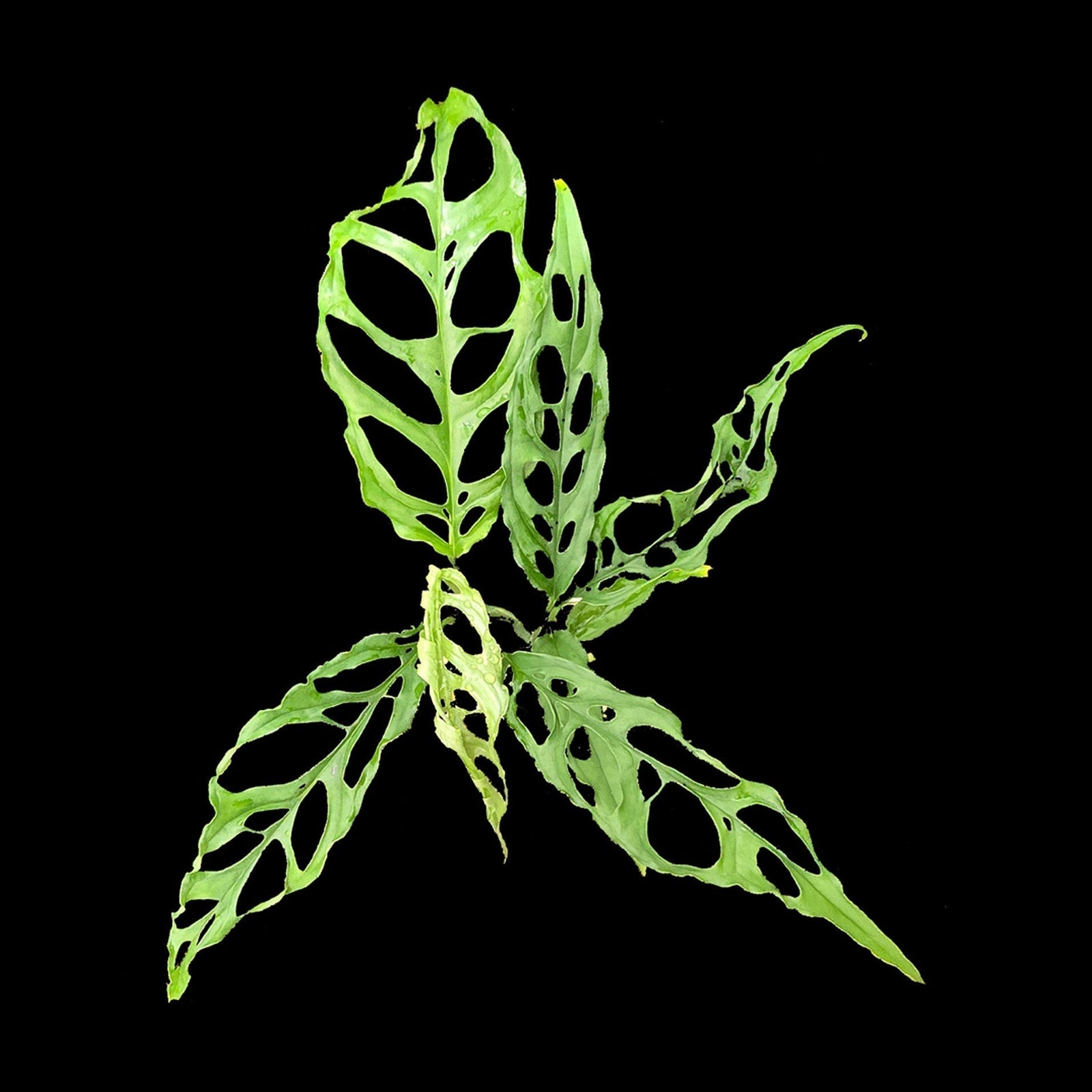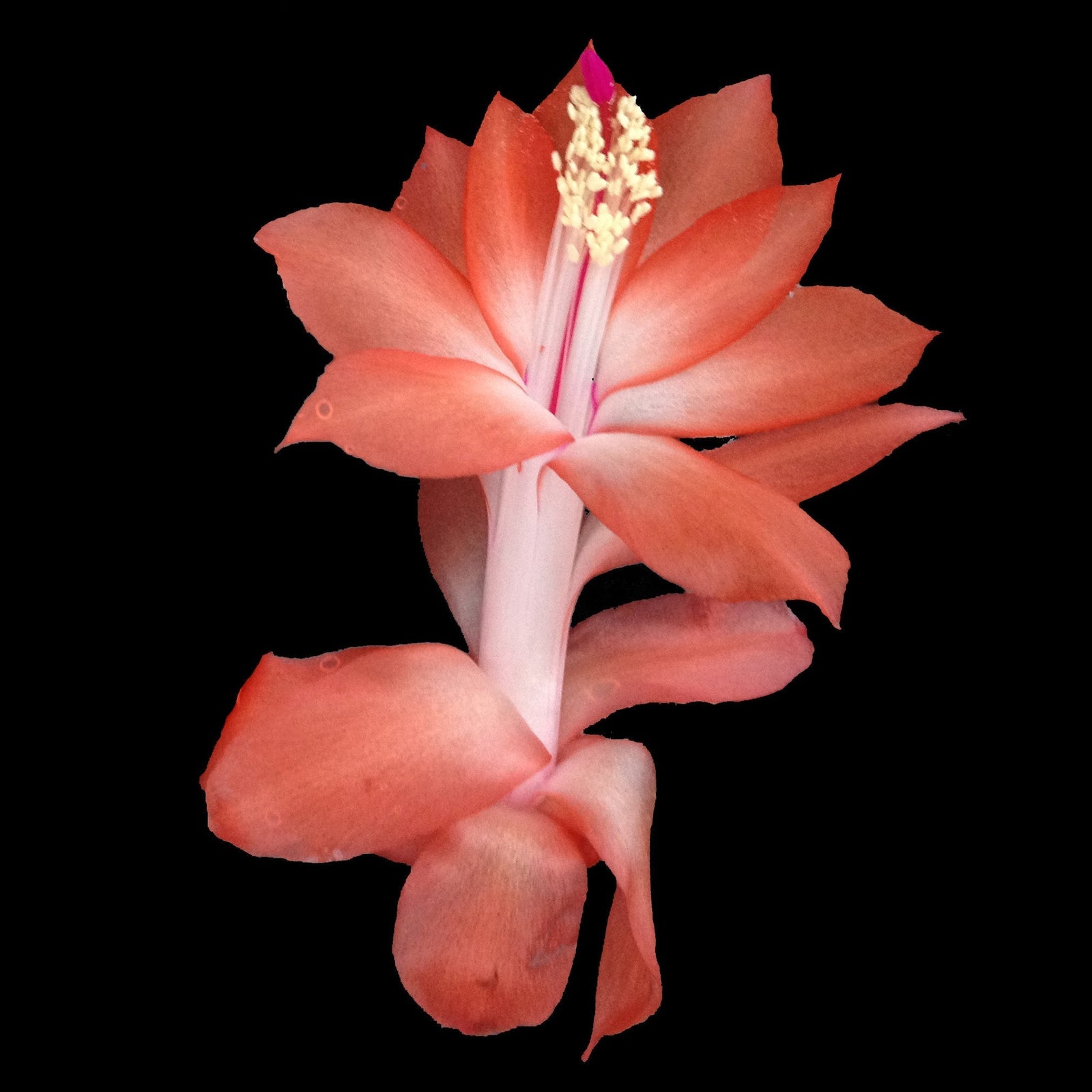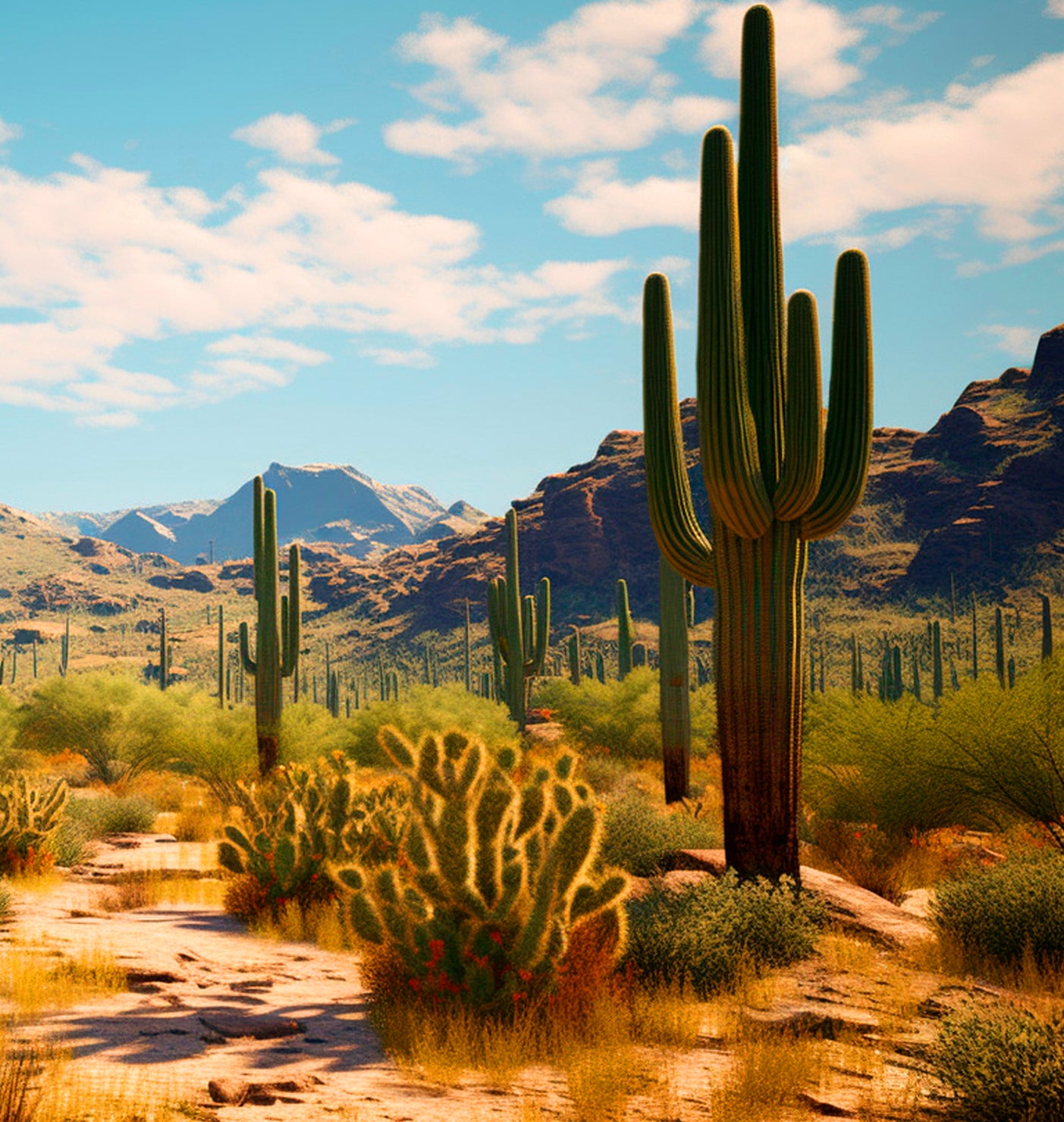The Science of Survival: Why Pure Water is Mandatory
The single most critical factor in growing carnivorous plants is the source of water. These plants—including Dionaea, Nepenthes, Drosera, and Sarracenia—evolved in acidic bogs where nutrients are virtually absent and minerals are immediately flushed away by rainfall.
- Root Function: The roots of carnivorous plants are designed almost exclusively for anchorage and water absorption. Unlike standard plants, they lack the robust mechanisms to filter or process the dissolved mineral salts found in tap water.
- The Danger: When you use tap water, these salts build up in the soil, raising the pH and causing toxic chemical burn to the roots, leading to a slow, irreversible decline. This root damage is known as mineral burn.
The TDS Standard: What Your Water Meter Needs to Read
TDS stands for Total Dissolved Solids. It is the measure of salts, metals, and minerals in your water. We enforce a Zero-Tolerance approach to high TDS.
- Safe Zone: 50 ppm (parts per million) or lower. This is the safe threshold for all carnivorous plants.
- Unsafe Zone: Tap water in most Australian cities reads between 100 ppm and 400 ppm. Even filtered water (like Brita) rarely drops below 100 ppm and is not safe for long-term use.
Actionable Guide: Checking and Sourcing Safe Water
You must actively confirm your water source meets the purity standards.
1. Checking Your Water Source
- Use a TDS Meter: We strongly recommend purchasing a simple, inexpensive TDS meter online. This allows you to test any water source in seconds, eliminating guesswork and preventing accidental mineral burn.
- Know Your Local Water: If you live in a hard-water region, be extra vigilant. Never rely on the taste of water to determine its suitability.
2. Sourcing Safe Water in Australia
- Rainwater: Often the most natural and best source. Best Practice: Ensure collection methods are clean. Avoid initial runoff from highly oxidized metal gutters, and use food-grade barrels or tanks.
- Reverse Osmosis (RO) Water: A highly effective indoor filtration method. Ensure the RO system is properly maintained and that the waste stream is correctly plumbed.
- Distilled Water: Available at supermarkets and auto parts stores. This is perfectly pure and safe.
Troubleshooting Mineral Burn
If you suspect you have used unsafe water, look for these common signs of mineral burn:
- Brown or Black Leaf Tips: The edges of the traps or leaves may brown, looking like a scorch mark.
- Stunted Growth: The plant shrinks over time, and new growth is deformed or tiny.
- Lack of Dew: For Sundews (Drosera), the production of sticky mucilage often ceases as the roots struggle.
If mineral burn is suspected, flush the pot repeatedly with large amounts of pure water to leach the salts from the soil, and switch to a safe water source immediately.






























